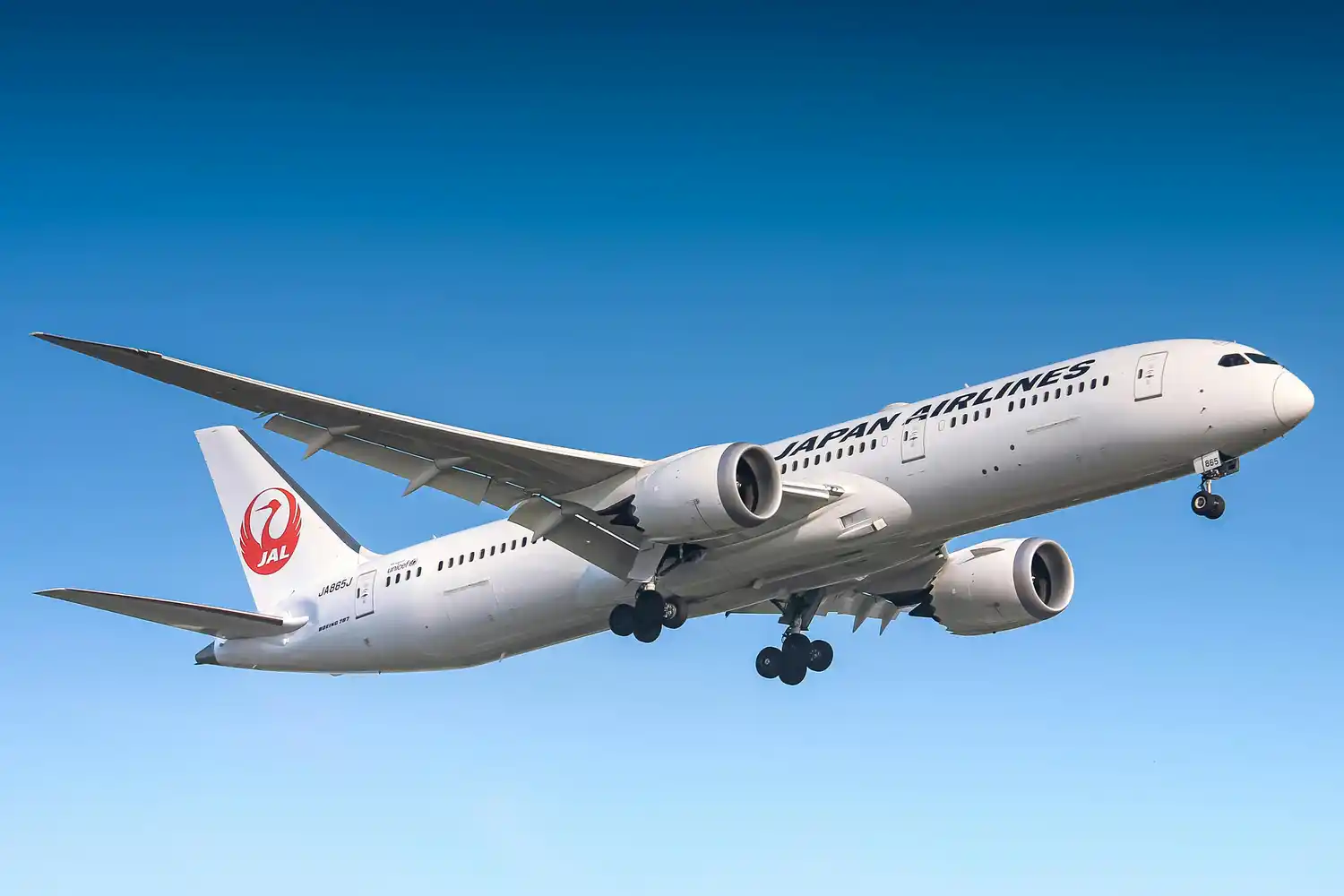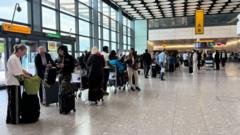The fatal crash of Air India Flight 171, which claimed at least 270 lives, has cast a long, chilling shadow over one of Boeing’s most celebrated aircraft—the 787 Dreamliner. Until that day in mid-June, the Dreamliner stood as a paragon of modern aviation: sleek, efficient, and statistically, incredibly safe.
Now, that image has cracked.
The investigation into why the aircraft plunged just 30 seconds after take-off is still unfolding. Flight data recorders have been retrieved, and analysts are sifting through them. But this much is clear: the crash has reignited troubling questions—not just about what happened on Flight 171, but about how these aircraft have been built, inspected, and maintained.
A Star Born from Crisis
The 787 was born of an era shaped by soaring oil prices and post-9/11 anxiety. Boeing’s original ambition—a near-supersonic jet called the Sonic Cruiser—gave way to a different vision after the airline industry recalibrated. Efficiency became the new frontier.
“The airlines didn’t want speed. They wanted savings,” recalls aviation historian Shea Oakley. And so, Boeing pivoted.
What emerged was the Dreamliner, a long-range jet that shunned traditional airframe materials in favour of carbon composites. The goal? Burn less fuel, fly quieter, open up new routes between smaller cities—bypassing the big hubs.
While Airbus bet on bigness with the double-decker A380, Boeing chose elegance and economy. The market vindicated Boeing. Airbus ended A380 production in 2021 after building just 251 aircraft.
Boeing’s Dreamliner, by contrast, became a best-seller.
Triumph Shadowed by Troubles
First flown in December 2009, the 787 was a marvel—lighter, quieter, and around 20% more efficient than its predecessor, the 767. Its engines, electrical systems, and airframe all promised innovation.
But there were glitches. In early 2013, battery fires grounded the global fleet. A redesign solved that crisis, and the plane returned to service. Yet behind the scenes, the 787’s production line was already beginning to unravel.
In 2011, Boeing opened a new factory in North Charleston, South Carolina. The move helped dodge union pressures and took advantage of state incentives. But critics argue it also compromised quality. The problems didn’t stay buried.
Over time, Boeing discovered a cascade of manufacturing flaws—misaligned components, missing parts, issues with structural joints. Deliveries were paused for months at a time between 2021 and 2023.
And then came the whistleblowers.
The Whistleblower Warnings
John Barnett was among the first to sound the alarm. A former quality control manager in South Carolina, he claimed pressure to accelerate production had overridden safety protocols. In a 2019 interview, he alleged that substandard or even scrap parts were knowingly installed on planes, while metal shavings near critical wiring posed hidden risks.
The FAA investigated. It partially backed his claims, confirming that dozens of parts had gone missing and that unsafe debris was found in multiple aircraft.
Tragically, Barnett took his own life in 2024 while testifying in a lawsuit against Boeing. He believed, to the end, that flaws in the Dreamliner could lead to catastrophe.
His concerns were echoed by Cynthia Kitchens, another former quality inspector, and most recently, Sam Salehpour—a current Boeing engineer who testified before the US Senate last year. Salehpour warned of structural shortcuts and poor-quality fuselage joins that, over time, could lead to “catastrophic failure” in over 1,000 planes.
Boeing has repeatedly denied that these issues threaten safety, insisting the Dreamliner has undergone thorough FAA oversight. But the pattern—persistent internal alarms and defensive corporate responses—has left many uneasy.
Still the Safest Plane in the Sky?
Despite everything, the 787’s record has been remarkably clean. Over 16 years of service, more than 1,100 Dreamliners have flown more than a billion passengers without a fatal accident—until now.
Aviation analyst Richard Aboulafia calls that “a stellar safety record”. He believes the most critical problems would have surfaced by now.
Yet others remain sceptical. Ed Pierson, a former Boeing employee and now director of the Foundation for Aviation Safety, says ongoing alerts and airworthiness directives suggest deeper issues remain unresolved.
One such concern? Water leaks from lavatories dripping into electrical bays—a seemingly minor issue, but one the FAA has flagged as a potential fire risk.
Still, many experts urge patience. The cause of the Air India crash remains undetermined. Was it the aircraft? The airline’s maintenance? A freak event? Until the investigation concludes, speculation remains just that.
Trust and Turbulence
The public mood is tense. Protesters have taken to the streets in India. Families grieve. Questions swirl.
For Boeing, the timing couldn’t be worse. Already bruised by the 737 Max saga and facing intense regulatory scrutiny, the company has been trying to reform its image under CEO Kelly Ortberg. Internally, they’re overhauling safety procedures. Externally, they’re facing a wave of lawsuits, investigations, and eroding trust.
As the world waits for answers, the Dreamliner continues to fly. Still lauded by many in the industry. Still seen as a triumph of design. Still shadowed by doubt.
“I’d still fly one,” says Scott Hamilton of Leeham Company. “But I’d want to know a lot more about how it was built.”




